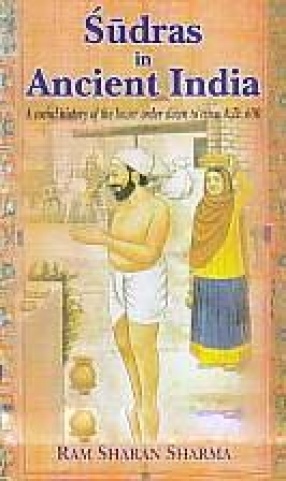
Ram Sharan Sharma

Showing all 6 books
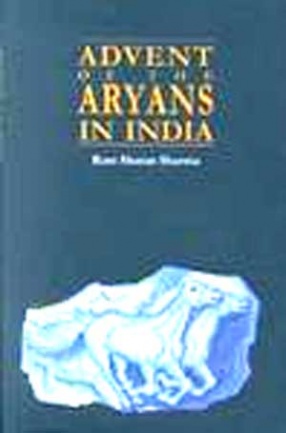

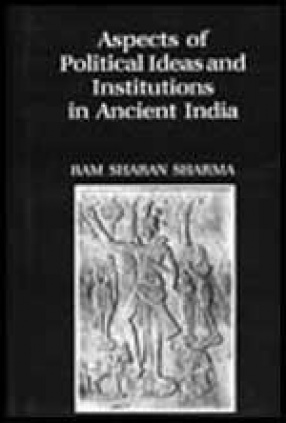
The present work Aspects of Political Ideas and Institutions in Ancient India discusses different views on the origin and nature of the state in ancient India. It also deals with stages and processes of state formation and examines the relevance of caste and kin-based collectivities to the construction of polity. The Vedic assemblies are studied in some detail, and developments in political organization are presented in relation to their changing social and ...
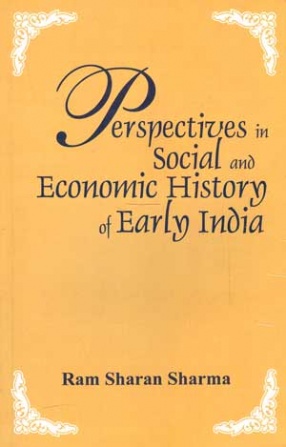
The book begins with a survey of the sources of the social and economic history of early India, and reviews the writings from the late nineteenth to the mid-twentieth centuries on social history. It discusses the problems of caste and gender relations, and shows the role of divination and communication in fostering social control and cohesion. In the treatment of economic aspects it focuses on the stages in the mode of production; it also deals with usury, urban ...

The book highlights the distinctive traits of Aryan culture and discusses the identity of the Indus civilization. It presents the archaeological counterpart of the Indus civilization. it presents the archaeological counterpart of the Vedic culture reconstructed on the basis of textual and lexical evidence. the presence of the Dravidian language followed by the spread of the Indo-Aryan language in the Indian sub-continent receive considerable attention. the ...

Sudras in Ancient India tries to show how the labouring class in ancient times came to be known as sudras. It explores their social and economic relations with the members of the higher varnas. It also tries to tackle several other problems: Was ancient Indian society a slave society? How far did the ritual status of the sudras correspond to their economic status? How did the vaisyas come to be reduced to the level of the sudras and the sudras placed on a par ...
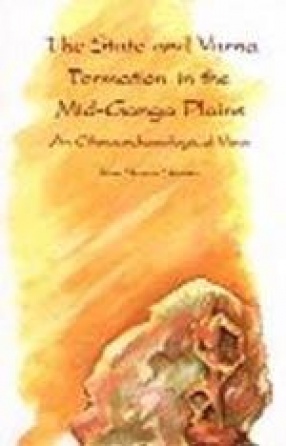
This book is an extended archaeological study of the genesis of the state and complex society in the mid-Ganga plains. The importance of such a study was recognised by Professor R.S. Sharma as far back as 1983 in his book Material Culture and Social Formations in Ancient India. This book, The State and Varna Formation in the mid-Ganga plains: An Ethnoarchaeological View, gives further impetus to that study and reviews the part played by the pre-iron/NBPW cultures ...
